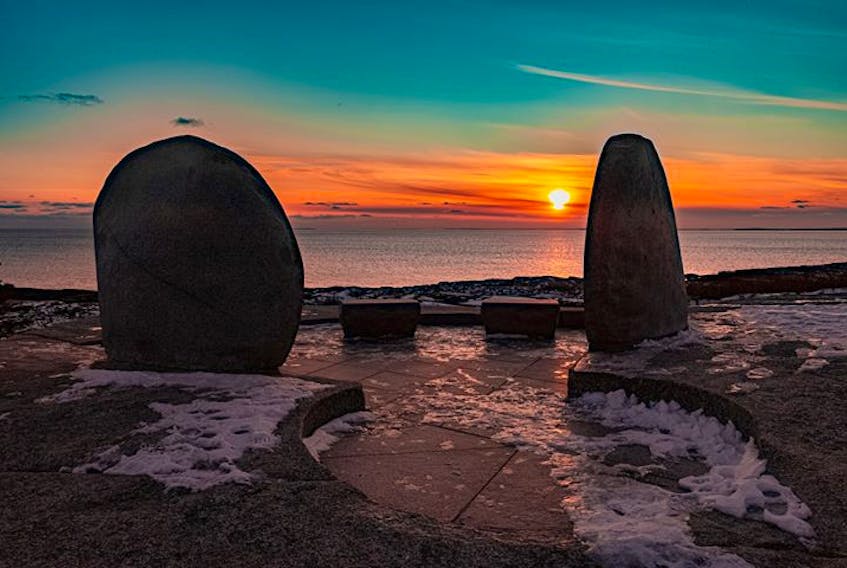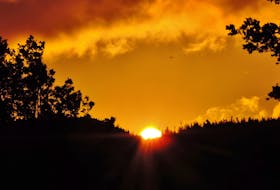It’s probably safe to say the last few weeks have been hectic: cooking, cleaning, buying, wrapping, decorating, visiting, etc. Often lost in the hustle and bustle of the holidays, is the winter solstice.
The winter solstice has played an important role in cultures worldwide from ancient times until today. Many of the customs, lore, symbols, and rituals associated with Christmas are related to winter solstice celebrations of ancient Pagan cultures.
What does “solstice” mean?
“Solstice” comes from the Latin words sol (sun) and sistere (to stand still) because, during the solstice, the angle between the sun’s rays and the plane of the earth’s equator seems to stand still.
On the day of the solstice, the sun appears at its lowest in the sky, and its noontime elevation stays the same for several days before and after this day. The sun’s gradual decrease in the sky reverses after the winter solstice, marking what many cultures believe to be a “rebirth” of the sun as the hours of daylight become longer.
Essentially, our hours of daylight – the period of time each day between sunrise and sunset – have been growing slightly shorter each day since the summer solstice last June, which is the longest day of the year (at least in terms of daylight). After Dec. 22, the days will begin to grow longer and will continue to do so until we reach the summer solstice again, and begin the whole cycle anew.
I am going to use Halifax to make my point here, but the trend and the numbers are similar for most of Atlantic Canada.
On Dec. 22, the day of the solstice, we had eight hours and 48 minutes of daylight; today, we enjoy eight hours and 59 minutes; and by June 20, the longest day of the year, we’ll be up to 15 hours and 34 minutes of daylight.
If you prefer to take it one day at a time, in terms of daylight, tomorrow will be one minute and 18 seconds longer than today.
- Want more weather information? Visit your weather page.
- Have a weather question, photo or drawing to share with Cindy Day? Email [email protected]
Cindy Day is the chief meteorologist for SaltWire Network









